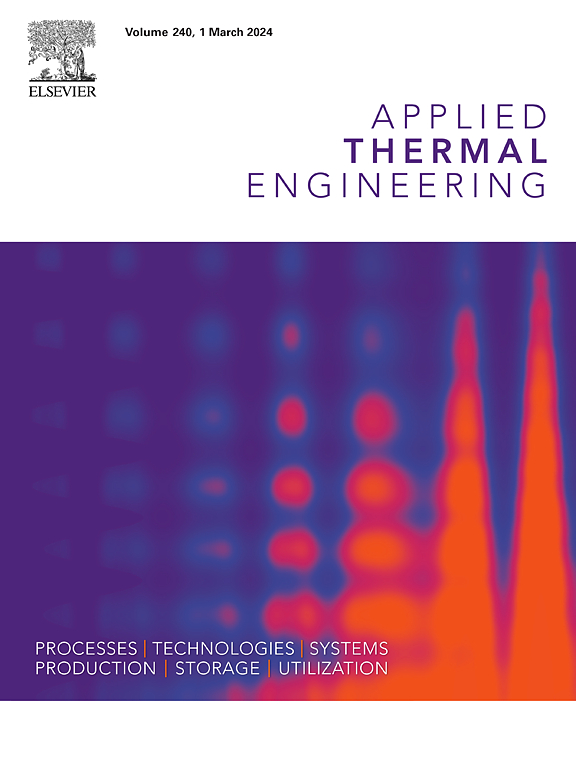煤矿采空区热演化分析的多物理场耦合模型:数值研究
IF 6.1
2区 工程技术
Q2 ENERGY & FUELS
引用次数: 0
摘要
采空区煤炭自燃是煤矿生产中最严重的热力灾害之一,具有隐蔽性、漏风形式复杂、控制难度大等特点。准确定位高温区对于降低潜在的自燃风险至关重要。与以往的研究主要关注危险区域的划定不同,本研究建立了一种新的多物理场耦合模型,包括温度、压力和气体浓度场,并定义了氧气消耗和煤氧化热释放的源项,以评估高温区的位置和迁移。创新地采用动态网格技术来模拟实际开采过程中温度场的时间演化。敏感性分析研究了关键控制因素,包括工作面推进速度、通风量和残余煤厚对自燃风险的影响。结果表明:通风流量增大,高温区温度升高,离工作面距离增大;加速工作面推进速度有效抑制自燃;而残余煤厚的增加则导致高温区向工作面偏移。在此基础上,建立了多变量函数模型,实现了高温区位置的高精度预测。该预测模型为减轻采空区自燃灾害提供了理论指导。本文章由计算机程序翻译,如有差异,请以英文原文为准。
Multi-physical field coupling model for thermal evolution analysis in coal mine goaf: a numerical investigation
Spontaneous coal combustion in goaf areas represents one of the most severe thermodynamic hazards in coal mining operations, characterized by its concealment, complex air leakage patterns, and challenging control measures. The accurate localization of high-temperature zones is crucial for mitigating potential spontaneous combustion risks. Unlike previous studies that focus primarily on hazardous area delineation, this study establishes a novel multi-physical field coupling model incorporating temperature, pressure, and gas concentration fields, with defined source terms for oxygen consumption and coal oxidation heat release, to evaluate the position and migration of high-temperature zones. The dynamic mesh technique is innovatively employed to simulate the temporal evolution of temperature fields during actual mining processes. A sensitivity analysis investigates the influence of key control factors, including face advance rate, ventilation volume, and residual coal thickness, on spontaneous combustion risks. Results indicate that increased ventilation flow leads to higher temperatures in high-temperature zones and greater distances from the working face; accelerating face advance rate effectively suppresses spontaneous combustion; while increased residual coal thickness causes high-temperature zones to migrate toward the working face. Based on these relationships, a multivariate function model is developed to predict the location of high-temperature zones with high accuracy. This predictive model provides theoretical guidance for mitigating spontaneous combustion hazards in goaf areas.
求助全文
通过发布文献求助,成功后即可免费获取论文全文。
去求助
来源期刊

Applied Thermal Engineering
工程技术-工程:机械
CiteScore
11.30
自引率
15.60%
发文量
1474
审稿时长
57 days
期刊介绍:
Applied Thermal Engineering disseminates novel research related to the design, development and demonstration of components, devices, equipment, technologies and systems involving thermal processes for the production, storage, utilization and conservation of energy, with a focus on engineering application.
The journal publishes high-quality and high-impact Original Research Articles, Review Articles, Short Communications and Letters to the Editor on cutting-edge innovations in research, and recent advances or issues of interest to the thermal engineering community.
 求助内容:
求助内容: 应助结果提醒方式:
应助结果提醒方式:


